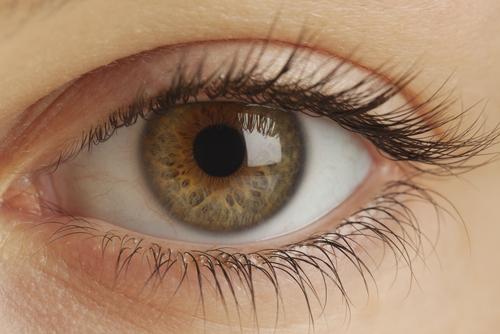
- Health advice
- Jun 03, 2013
Iridology is the study of the eye. It reveals the relationship between your individual disposition and how you react to day-to-day life. Iridologists look at the colour and fibre structure of your Iris, the coloured portion of your eye. This information is then used to assess the constitutional strength of your body as well as aspects of your personality. No two irises are identical so your iris is as unique as your fingerprint.
How can you benefit from an Iridology assessment?
Iridology is not a treatment but in fact an effective screening tool. With this an Iridologist can identify an individual’s specific nurture points and use this information to provide appropriate health recommendations. The Iris is a unique representation of the health issues of our parents, grandparents and great grandparents. Iridology is a valuable diagnostic tool as part of a procedure to establish your health status. This information can then be used to help design an individual treatment plan. Determining potential health problems at their earliest stage can provide the opportunity to prevent illness and work at maintaining optimum health.The structure of the Iris
The Iris contains bundles of thousands of nerve fibres and is the most complex external structure of the human body. It is connected to every organ and tissue in your body via your brain and central nervous system.What will happen during an Iridology assessment?
Photos of your Irises will be taken and downloaded to a computer. An Iris torch may also be used during the assessment. When the photograph is viewed on the computer screen you will be able to see your individual Iris structure and your Iridologist will explain its meaning to you. In addition you will be sent copies of both your Irises for your own records. After downloading the photographs the iridologist will:- Identify the colour of your eyes and what that means
- Identify your constitution and structure of your Iris
- Identify your inherent strengths and weaknesses
- Identify individual Iris markings
- Identify imbalances and any areas of toxicity and inflammation
What does Iridology diagnose?
Iridology cannot diagnose disease but instead provides a better understanding of your body and helps you to make the right decisions for a healthier lifestyle. A report including recommendations for improvement in diet and lifestyle will be provided. Additional information may also be obtained from the sclera, or white portion of the eye. We are all born with our own set of natural strengths and weaknesses. By gaining knowledge and insight about your inherent strengths and weaknesses, it is possible to understand when your body is out of alignment and work with your body to achieve wellbeing. Iridology is often used to determine potential health problems before they manifest, giving you an opportunity to take steps to prevent illness. How you develop your innate dispositions, either to their best or worst advantage, is very much influenced by what you eat, what you think, how you live and what you love.Iridology is not new
Assessing health through the study of eyes is thought to date back as far as ancient Greece, Egypt and China. Modern iridology begins in the nineteenth century and started when an 11-year-old Ignatz von Peczely noticed markings on the Iris of an owl with a broken leg. He nursed the owl back to health and watched the markings change as the owl recovered.Article by Janne Ramsay | Naturopath
Related Articles
Recently Viewed
- ${ variant.price | currencyFromCents } | ${ variant.title } ${ variant.price | currency } | ${ variant.title }
Sale


RRP
${ (hoverVariant ? hoverVariant.compare_at_price : product.compare_at_price) | currencyFromCents }
${ (hoverVariant ? hoverVariant.compare_at_price : product.compare_at_price) | currency }
${ hoverVariant.compare_at_price }
${ heroVariant.compare_at_price }
${ product.compare_at_price_min | currency }
Save
%
${ (hoverVariant ? hoverVariant.price : product.price) | currencyFromCents }
${ (hoverVariant ? hoverVariant.price : product.price) | currency }
${ hoverVariant.price }
${ heroVariant.price }
${ product.price_min | currency }
Auto delivery















